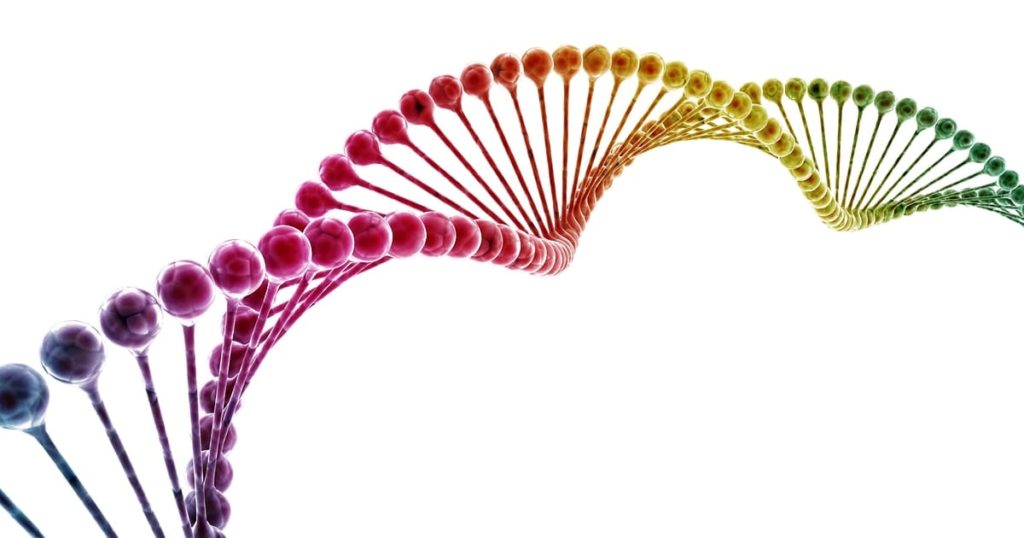Cirrhosis is the medical term for an advanced form of liver damage that seriously disrupts that organ’s ability to function normally and help keep you alive. Ongoing heavy consumption of alcohol is one of the known main causes of this condition. However, the symptoms of alcohol abuse on the liver typically appear long before cirrhosis-related damage enters the picture.
Cirrhosis Essentials
Cirrhosis occurs when the healthy tissue inside your liver is gradually replaced with non-functional scar tissue. Over time, this process increasingly interferes with the organ’s life-supporting functions, which include:
- Storing and distributing your body’s supply of proteins, sugars and fats
- Creating the proteins needed for your normal immune function
- Breaking down and eliminating toxins (including alcohol), and
- Creating a substance called bile, which your body relies on to process fat and certain types of vitamins
Eventually, the progressive damage triggered by cirrhosis will lead to the onset of liver failure. This late-stage condition, marked by a deepening loss of liver function, can lead to death in anywhere from years to decades. Almost 32,000 Americans die from cirrhosis complications every year.
Alcohol and Liver Damage
You rely on your liver to process alcohol and eliminate its byproducts from your system. However, the organ can only handle a relatively limited amount of alcohol at any given time (the equivalent of roughly one standard drink per hour). If you repeatedly exceed your liver’s processing capacity, you can eventually cause yourself significant harm. The initial symptoms of alcohol abuse on the liver appear in the form of a condition called alcoholic fatty liver disease. Common examples of these symptoms include:
- General body weakness
- Declining energy levels, and
- Pain, soreness or irritation in your upper right abdomen
The next stage of alcohol-related liver damage is known as alcoholic hepatitis (alcohol-related liver inflammation). Potential symptoms of this condition include:
- High temperature
- Pain in your abdomen
- Nausea
- Vomiting
- A declining appetite, and
- Yellowing skin and eye whites (i.e., jaundice)
Cirrhosis is usually the third stage in alcohol-related liver disease. However, some people never develop alcoholic hepatitis before developing cirrhosis. In addition, some people with alcoholic fatty liver disease never experience clear symptoms of that condition before developing alcoholic hepatitis. Advanced alcohol-related liver disease can also lead to serious problems in other parts of your body, including your kidneys, brain, stomach, esophagus and spleen. It’s best to seek professional treatment for alcohol abuse long before developing these conditions. Resources National Institute of Diabetes and Digestive and Kidney Diseases: Cirrhosis https://www.niddk.nih.gov/health-information/liver-disease/cirrhosis American Liver Foundation: Alcohol-Related Liver Disease https://www.liverfoundation.org/abouttheliver/info/alcohol/






